From family palace walls to exhibition: the Alba family’s art collection in Malaga
Paintings by Goya, Sorolla and Luca Giordano and sculptures by Benlliure cover five centuries of one of Spain’s most important aristocratic families
Visitors are welcomed to the exhibition by the Marquise of Lazán in a majestic portrait by Francisco de Goya. It is one of only two paintings by the Spanish master in the Alba family’s collection, and it is now in Malaga.
The Centro Cultural Fundación Unicaja captures the stately, palatial atmosphere of one of Spain’s most influential families in “Mecenazgo y Coleccionismo en la Casa de Alba” (Patronage and Collecting in the House of Alba) - an exhibition showcasing their remarkable legacy through 250 carefully selected pieces. At least fifty of them have never been exhibited because they usually decorate the most intimate corners of the Liria Palace in Madrid, Las Dueñas in Seville and Monterrey in Salamanca, the Alba family residences.
The exhibition is in chronological order, starting five centuries ago, focusing on its most outstanding personalities, from the Grand Duke of Alba, Fernando Álvarez de Toledo (1531-1582), to Cayetana Fitz-James Stuart (1926-2014), the most popular Duchess of Alba in our time.
Throughout the exhibition, there are portraits by court painter Alonso Sánchez Coello; an enormous canvas by Leandro Bassano; the only painting by Ingres that exists in Spain (Philip V Imposing the Golden Fleece on Marshal Berwick. 1818); engravings by Dürer and Rembrandt; objects from Pompeii and Herculaneum; sculptures by Mariano Benlliure and Lorenzo Bartolini; and paintings by Luca Giordano, Sorolla, Anglada Camarasa and Ignacio Zuloaga, among others. Pieces of enormous value came to the family through marriages, inheritances, purchases and commissions from patrons “essential for the development of the arts”, said Emilia Garrido Oliver, head of visual arts at Fundación Unicaja.
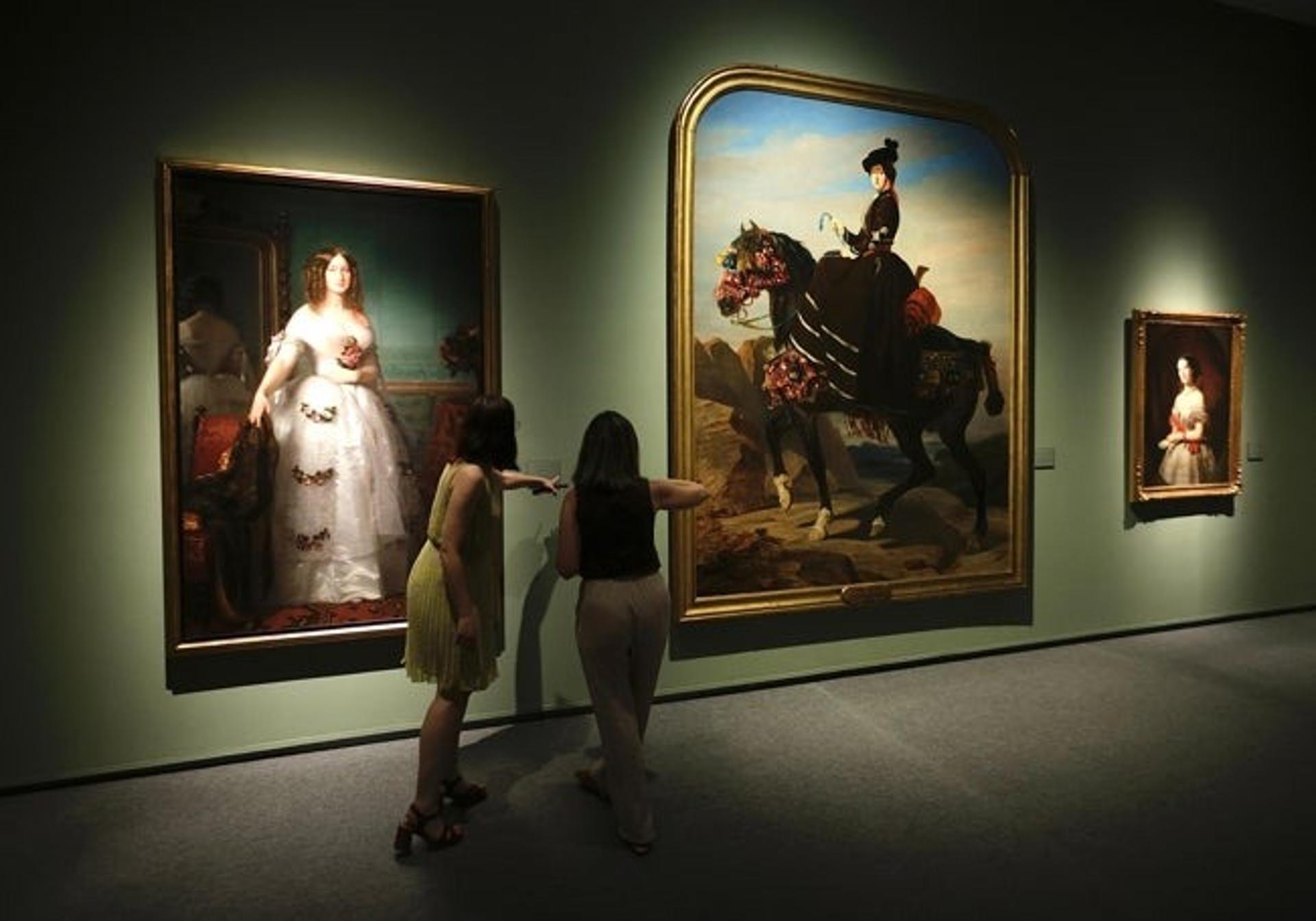
The exhibition highlights the role of women in the Alba family, with a nod to Malaga. One of the rooms focuses on the fascinating story of the sisters María Francisca and Eugenia, daughters of the Malaga-born María Manuela Kirkpatrick, Countess of Montijo. The former married the then Duke of Alba, the latter Napoleon III. A portrait of María Manuela, which is in the family’s private salons, presides over the room and faces one of the most unusual paintings in the exhibition: Eugenia de Montijo, Empress of France and also Countess of Teba, mounted on an Andalusian horse, dressed in Goya style and with Malaga mountains in the background. It is not the image one would expect of someone of her status, but - as the curator Álvaro Romero Sánchez-Arjona tells us - it was her personal endeavour: she asked the French painter Edouard Alexandre Odier for a ‘Spanish-style’ portrait, to connect with her origins.
In another room, Eugenia is sculpted and painted as the sovereign of France that she was: always fashionable in her clothes and in the furniture she collected. She had letters sent to her by a wide range of admirers including Empress Sissi and Queen Victoria, in addition to a collection of miniatures with sculptures of her parents and her sister, the Duchess of Alba. She left all her possessions to the duchess’s grandchildren when she died at the age of 94 in the Palace of Liria, with no heirs after the death of her son Luis.
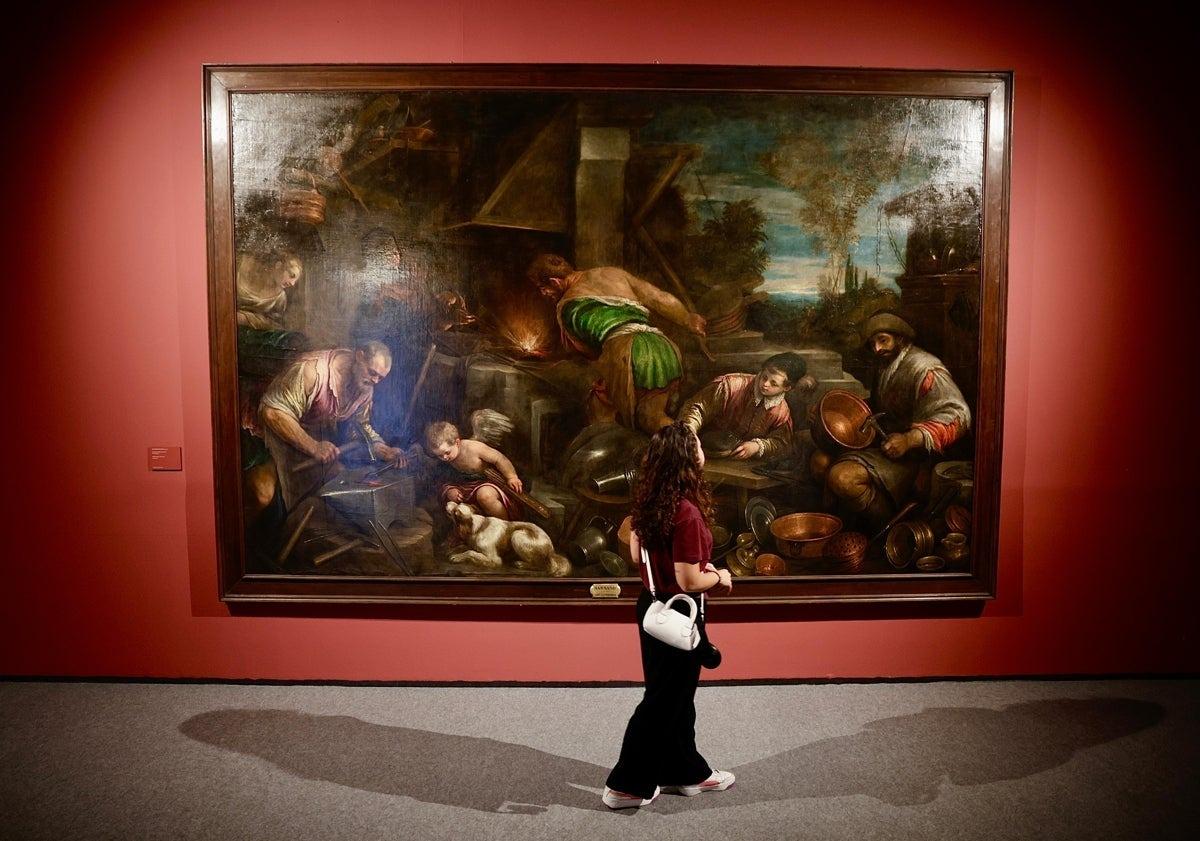
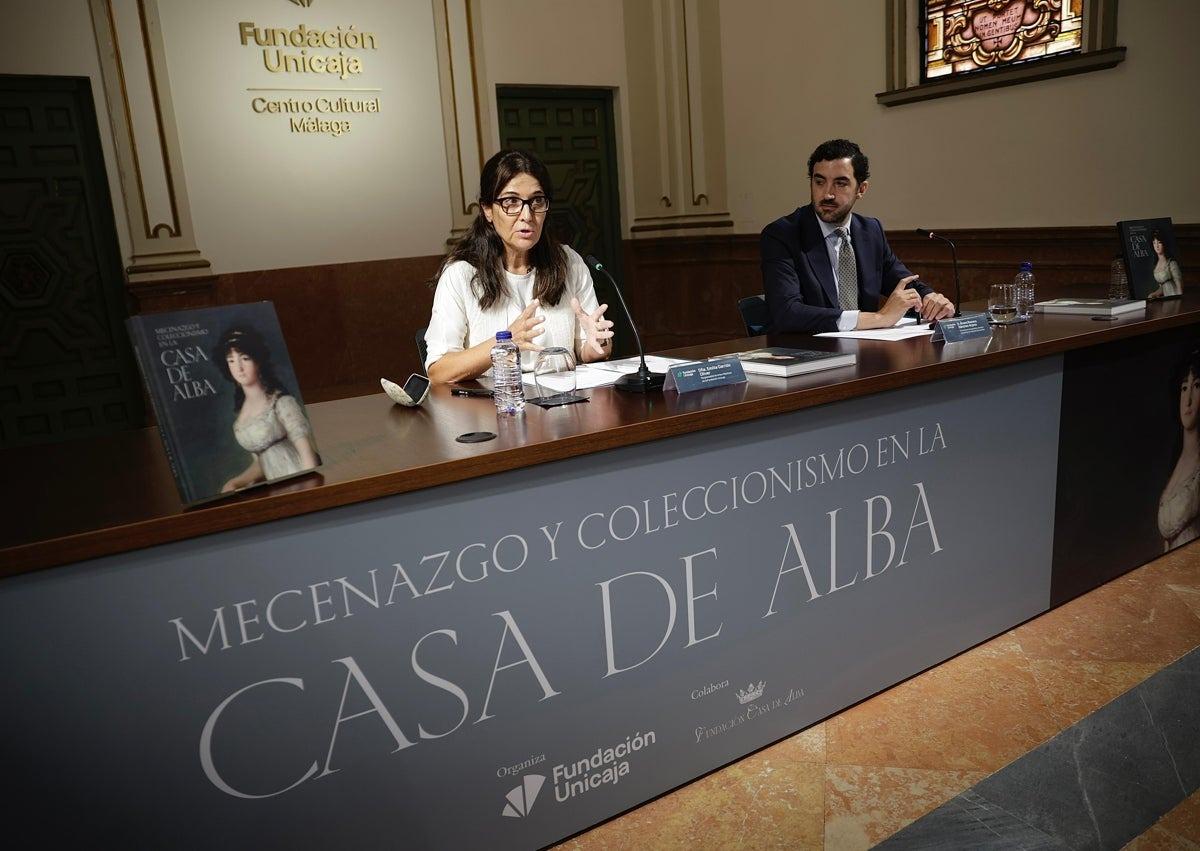
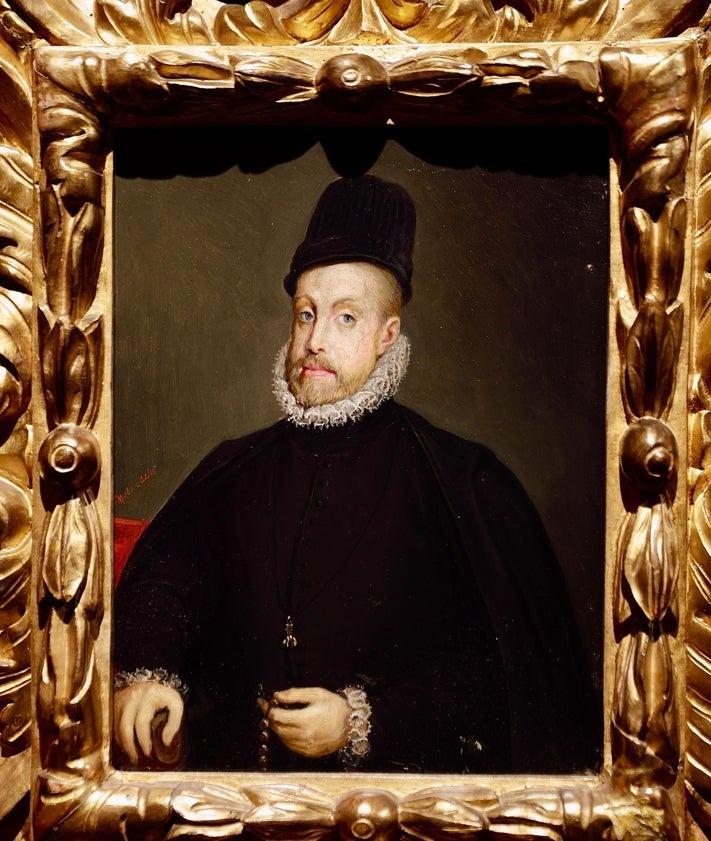
A considerable part of the works on display were collected by Carlos Miguel Fitz-James Stuart during his ‘grand tour’ - the end-of-studies trip made by young European aristocrats to get to know other courts, their palaces and their art. This tour lasted seven years, during which he fell in love with Italy and the classical world. The works that form part of his collection include a painting by Luca Giordano; one by Giovanni Paolo Panini depicting the monuments of ancient Rome; the vases of Pompeii and Herculaneum; and three paintings by female artists (a rarity at the time) Elisabetta Sirani and Lavinia Fontana.
But undoubtedly two of the greatest collectors of the House of Alba were the Marquis of Carpio, King Philip IV’s favourite, and his wife. Together they managed to amass a vast collection of works by Rubens, Ribera, Van Dyck, Raphael and Velázquez, but for various reasons their collection was subsequently dispersed.
Their extensive inventory once included one of the greatest works of Spanish art. “A painting on canvas of a nude woman lying upon a cloth, painted from behind, reclining on her right arm, looking at herself in a mirror held by a child, by the hand of Velázquez, two and a half varas wide and one and a half deep, with its black frame.” This refers to the Rokeby Venus, which is today preserved in the National Gallery in London.
The family’s work in patronage and conservation of the arts has continued over the years. In the last century the Casa de Alba’s stronghold in art was strengthened by Jacobo Fitz-James y Falcó (1878-1953) as minister, ambassador of Spain, director of the Royal Academy of History, president of the board of trustees of the Prado Museum and father of Cayetana Fitz-James Stuart. On display is a very Velázquez-like portrait of him by Sorolla and two sculptures by Benlliure.
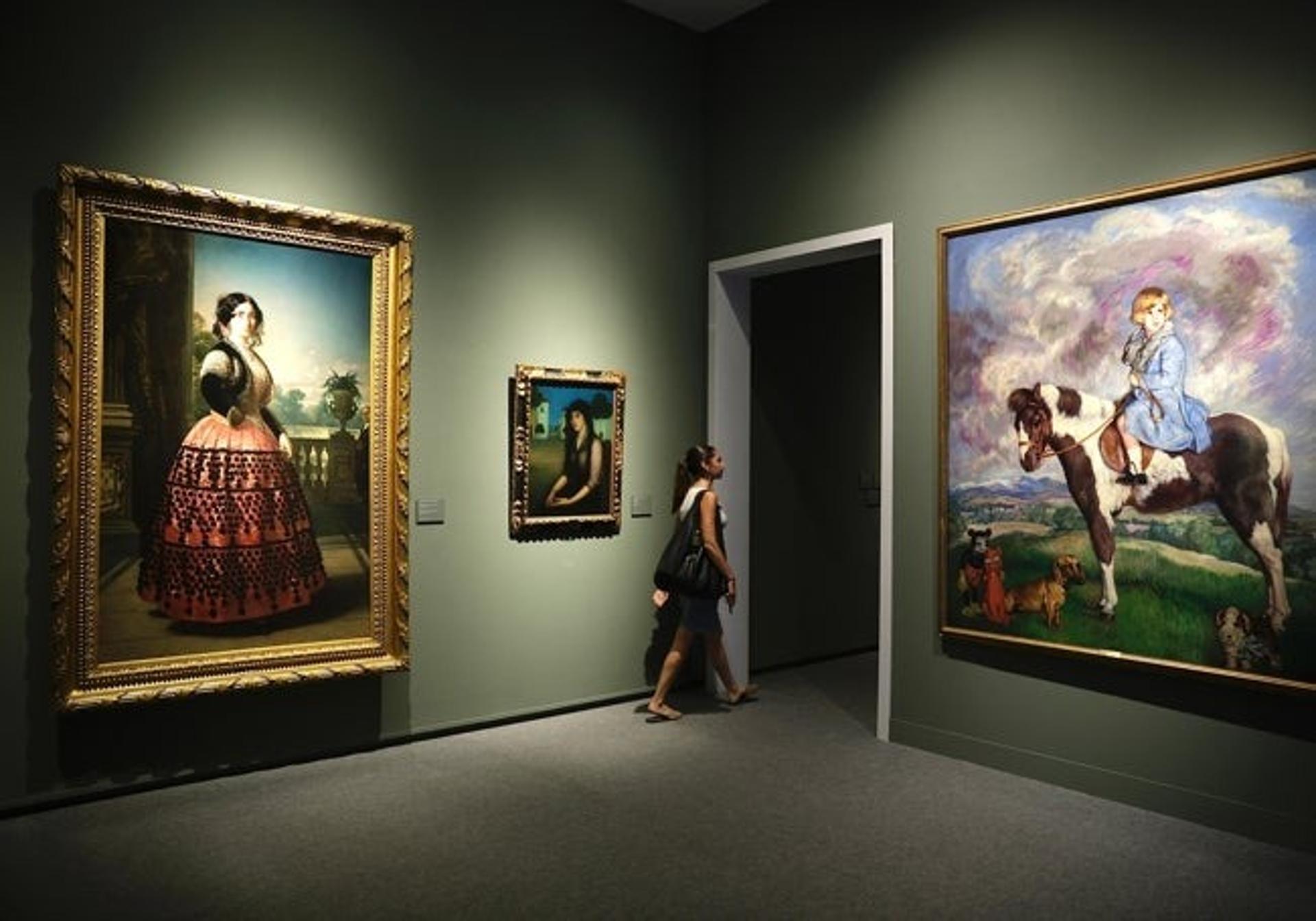
At his side, his daughter Cayetana continued his mission, restoring the palace of Monterrey and completing the reconstruction of the palace of Liria, burned down during the Spanish Civil War. The room reflects the contrast of their tastes: the modernity represented by Anglada Camarasa and the costumbrismo of Julio Romero de Torres. But the most interesting thing is the painting signed by Ignacio Zuloaga when Cayetana was only four years old. In the left-hand corner is a young Mickey Mouse; only two years after the character was created by Walt Disney, little Cayetana already had one as a toy.
The curator says that the painter took the doll to the sessions to entertain the little girl, but she kept throwing it at him. It was such a nuisance that in the end he decided to include it in the painting to mark that moment. Many years later, the Duchess of Alba wrote a letter to Zuloaga to apologise for her bad behaviour.
A surprise is reserved for the end of the exhibition: a collection of royal uniforms from Alfonso XII and Alfonso XIII that have never been shown before. Among them is the last one worn by Alfonso XIII before his exile due to the proclamation of the Second Republic.
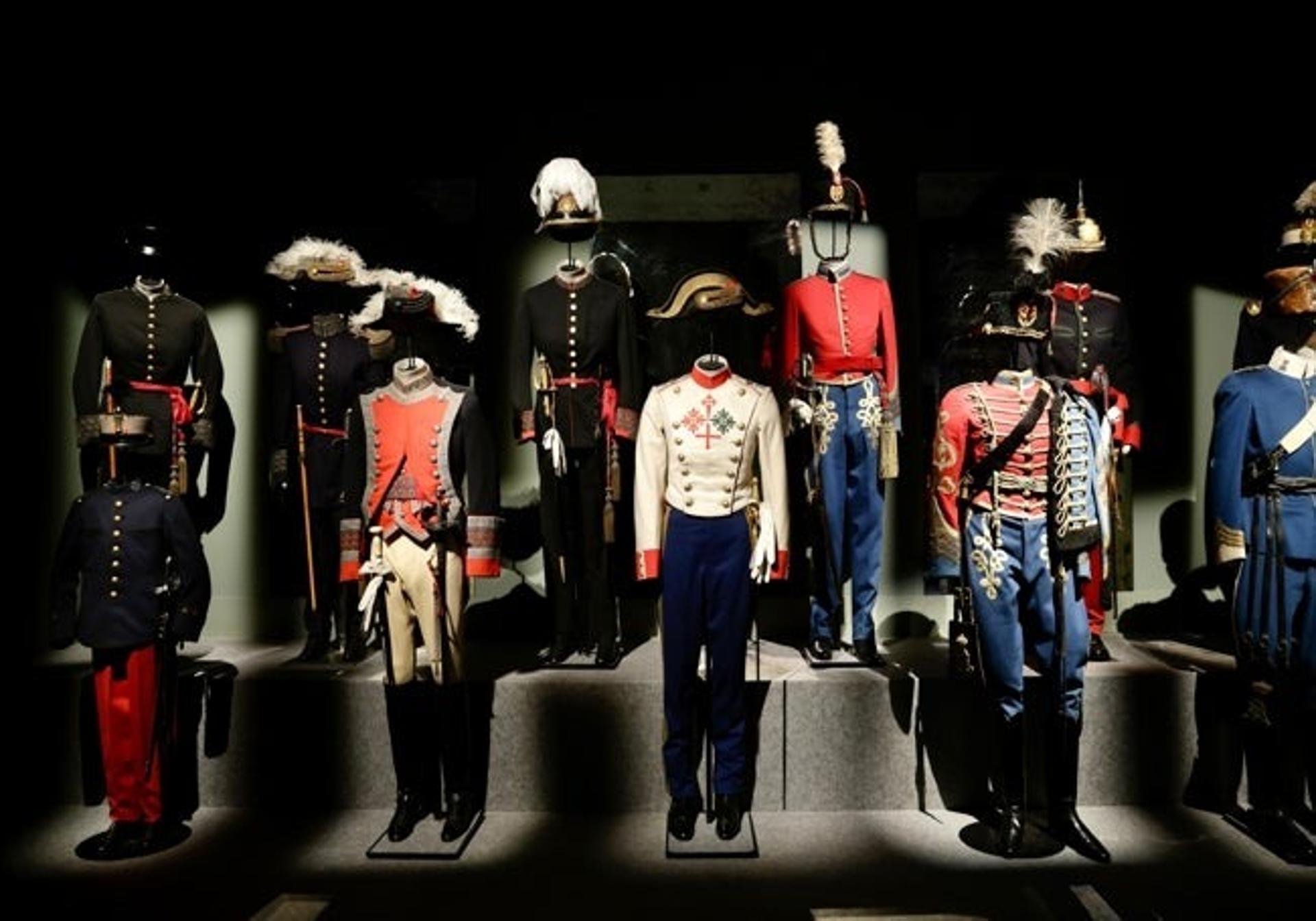
Mecenazgo y Coleccionismo en la Casa de Alba was opened to “share this inherited heritage with society”: the aim of the current Duke of Alba: Carlos Fitz-James Stuart y Martínez de Irujo. This roadmap began in 2016, when some of the rooms of his palaces were opened to the public, despite the family still living there. The plan is being extended with displays such as this one in Malaga - taking the legacy beyond the palace walls.
The exhibition in Centro Cultural Fundación Unicaja can be visited until 11 January, from Monday to Saturday from 10am to 2pm and from 4pm to 7pm, and on Sundays only in the morning. The entrance fee is a donation of three euros, all funds raised by the entry fee go to Caritas Diocesana and Hermanitas de los Pobres.
Free guided tours are offered for groups of maximum 25 people, from Monday to Friday (at 11am, 12pm, 1pm, 4:30 and 5:30); on Saturdays (at 11am, 12pm, 4:30 and 5:30); and on Sundays (at 11am and 12pm). For enquiries about bookings, email: mediacionculturalmalaga@fundacionunicaja.com or call 952 62 48 62.

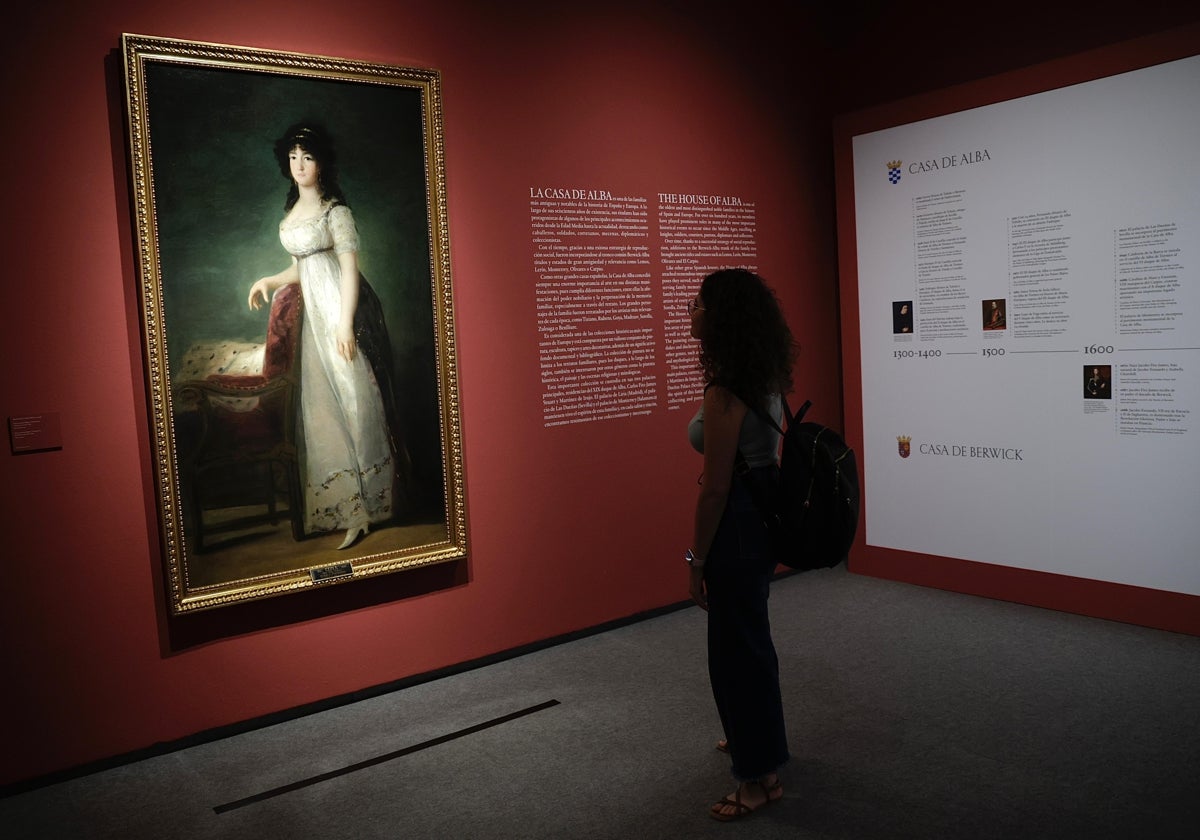
Comentar es una ventaja exclusiva para registrados
¿Ya eres registrado?
Inicia sesiónNecesitas ser suscriptor para poder responder.
Necesitas ser suscriptor para poder votar.